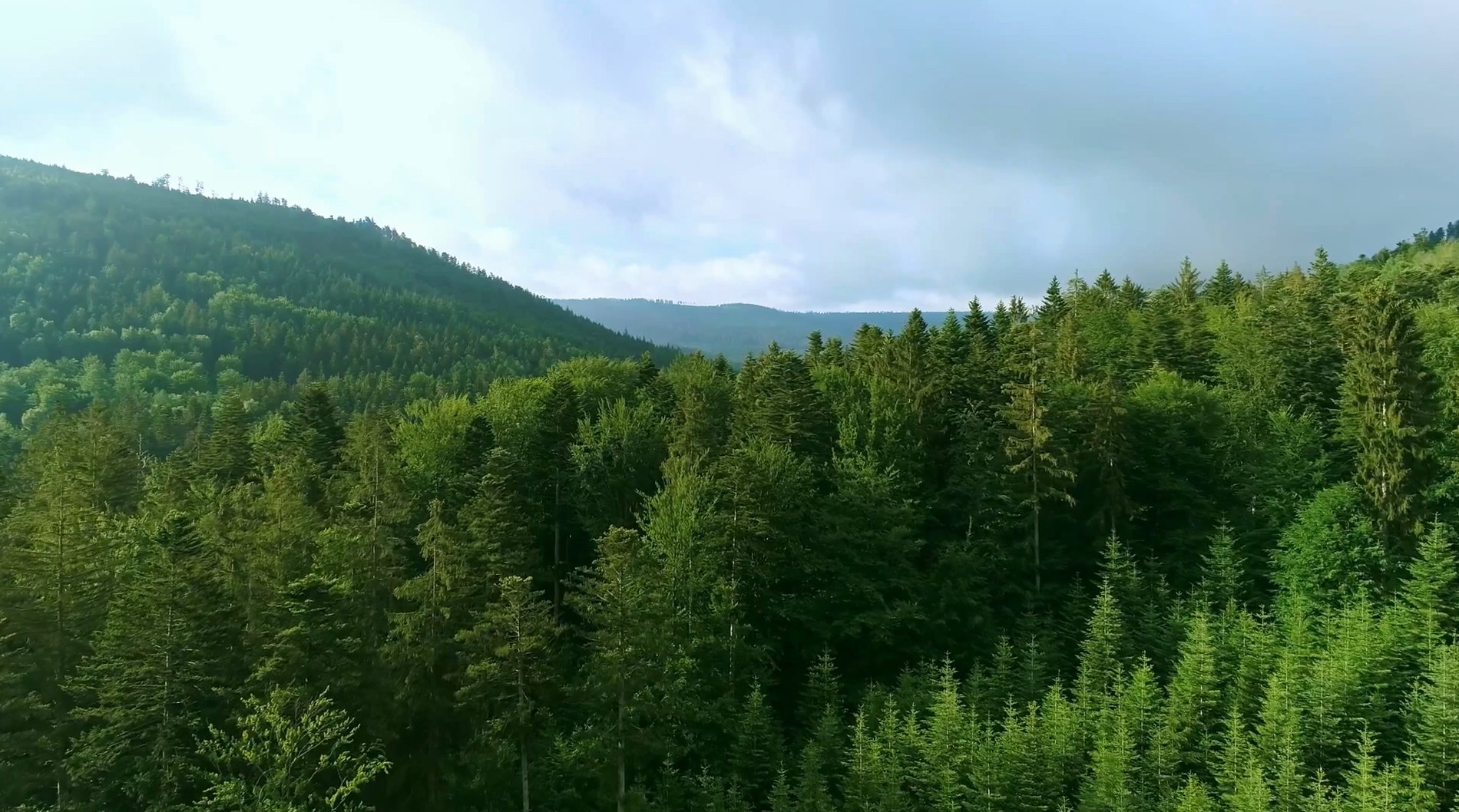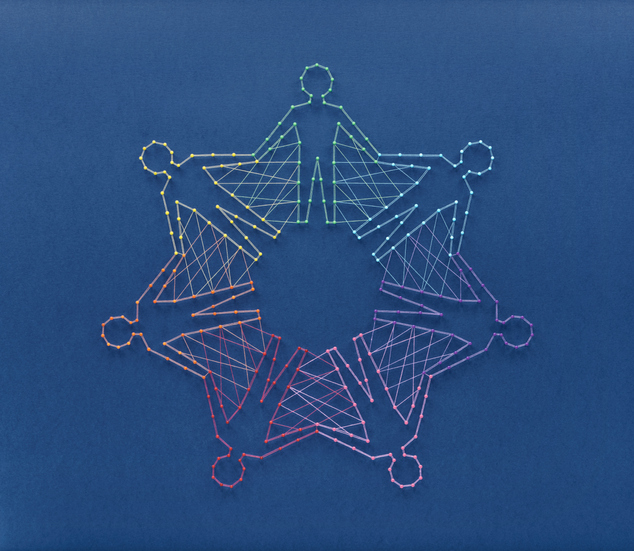The term nature has a wide definition. This article will refer to nature as the physical world including plants, landscape, and other features of the Earth.
Regardless of the definition used, spending time outdoors can and does bring about a wide range of positive emotions—such as calmness and serenity—and it can improve your focus, attention, and memory. Whether simply taking a walk in the countryside or practicing shinrin-yoku (also known as “forest bathing”), everyone could probably benefit from spending time in nature.
Nature Throughout Time
Spending time in nature used to be a bigger part of daily life, but the discourse of how and when people spent time in nature has changed as society moved on. Urbanization and technological advancements meant a steady decrease in the amount of time people spent outdoors, and a shift to a gadget-oriented world of TV and smartphones. Humankind and nature, in a way, became separate entities. There are many benefits of spending time in nature, and people should strive to reconnect with the world around them.
Proven Benefits
Research has shown that time in nature is a direct antidote for stress. When you are experiencing physical or psychological stress, your sympathetic nervous system (SNS) is activated. Spending time in nature can calm you down and reshape your reactions to stressors. For example, it can reduce high blood pressure (often caused by too much cortisol—the stress hormone).
As well as reducing stress levels, research has shown that time in nature can increase self-esteem, reduce anxiety, and improve low mood. Being outside, under natural light, can also be super helpful if you experience seasonal affective disorder (SAD).
There are also notable physical benefits, including the enhancement of immune system function and lowering of type 2 diabetes. Neighborhood “greenness” is associated with a reduced likelihood of being diagnosed with type 2 diabetes.1–4
Be mindful of how you spend that time in nature. When outdoors, engage with your senses. Take note of what you see, smell, feel, and hear.
Ecotherapy and Connectedness
Ecotherapy, sometimes known as “green care,” comprises nature-based therapeutic interventions in a variety of natural settings.5 To practice ecotherapy, you may take part in these activities:
- Meditation in nature—This can be self-guided or as part of a group with an instructor. It may take place in a park or on the beach, for example.
- Green exercise—Physical exercise in a natural environment is a great way to spend more time outside while increasing your activity levels. Exercises outside may include walking, yoga, jogging, or cycling, to name a few.
- Conservation activities—Helping to restore or conserve the natural environment can assist in creating a sense of purpose and connectedness while also being eco-friendly. If done in a group, it can enhance your sense of belonging and togetherness.
A Nature Prescription
Nature prescriptions can be formally prescribed in clinical practice by doctors to encourage people to embrace the benefits of nature. They generally involve green exercise (physical activity in nature settings, as described above) as well as other methods to connect to nature in a personal way. Let nature nurture you.
Many organizations have incorporated nature prescription initiatives, inspired by the direct links between exposure to nature and a range of physical and mental health benefits.
The Royal Society for the Protection of Birds (RSPB) Scotland, in collaboration with the National Health Service (NHS), conducted a pilot study of 350 people across all age groups, with participants receiving a nature prescription to improve mental or physical health (or both). Just under 75 percent of patients said there had been marked benefits after using the prescription, and 87 percent said they would continue using it.6
For example, Dose of Nature (based in Richmond, London, UK) provides a 10-week program, which can be accessed via a doctor’s referral (https://www.doseofnature.org.uk). The program combines an assessment with a psychologist and one-to-one support from a guide, introducing people to the mental health benefits of spending time in nature, with the aim of encouraging lifestyle changes that can have a significant and, importantly, long-lasting impact on mental health and wellbeing.
Park Rx America (https://parkrxamerica.org) and Walk with a Doc (https://walkwithadoc.org) are also on board—encouraging clinical professionals to prescribe nature prescriptions as part of patient care in America.
Time in Nature: More Than a Walk
Going for a walk is a wonderful way to spend time in nature. You can walk solo, with a loved one, or in a group. You can walk fast or slow. You can walk in the city, countryside, or by the coast. But remember, there are many fun ways to incorporate more time outside:
- Water activities—Try swimming, rowing along the canal, or dipping your feet in the sea!
- Forest bathing—Try the peaceful Japanese practice of calmly and quietly observing the forestry around you, breathing deeply and mindfully, and simply being in nature.
- Nature journaling—Take a seat and see how many types of trees, flowers, birds, and insects you can spot!
- Composting—This will encourage you to spend more time outside with the added benefit of improving your sustainability!
What if I live in the city?
You can still connect with nature and feel the benefits:
- Spend some time researching nearby parks, woodlands, botanical gardens, riversides, and beaches.
- If you have outside space (even a small patio or balcony), aim to spend at least 15 minutes in that outside space each day, taking in the sights, smells, and sounds.
- Don’t underestimate your windowed areas. Incorporate some house plants, grow some herbs, or maybe invest in a comfortable window seat and relax with the window open (weather permitting, of course!).
- Unplug and “be still.” When outdoors, swap out your electronic devices for a book, magazine, or a pen to write or draw.
Take some time to reconnect with the natural world around you!



































